In Ho Chi Minh City, the rapid urbanization in recent years has posed a major challenge regarding the management and use of small, narrow plots of land. Many small, narrow plots of land have been left vacant after land clearance for public projects or after urban transport projects have been expanded. This has created a huge waste of land resources in a city facing increasing space demands.
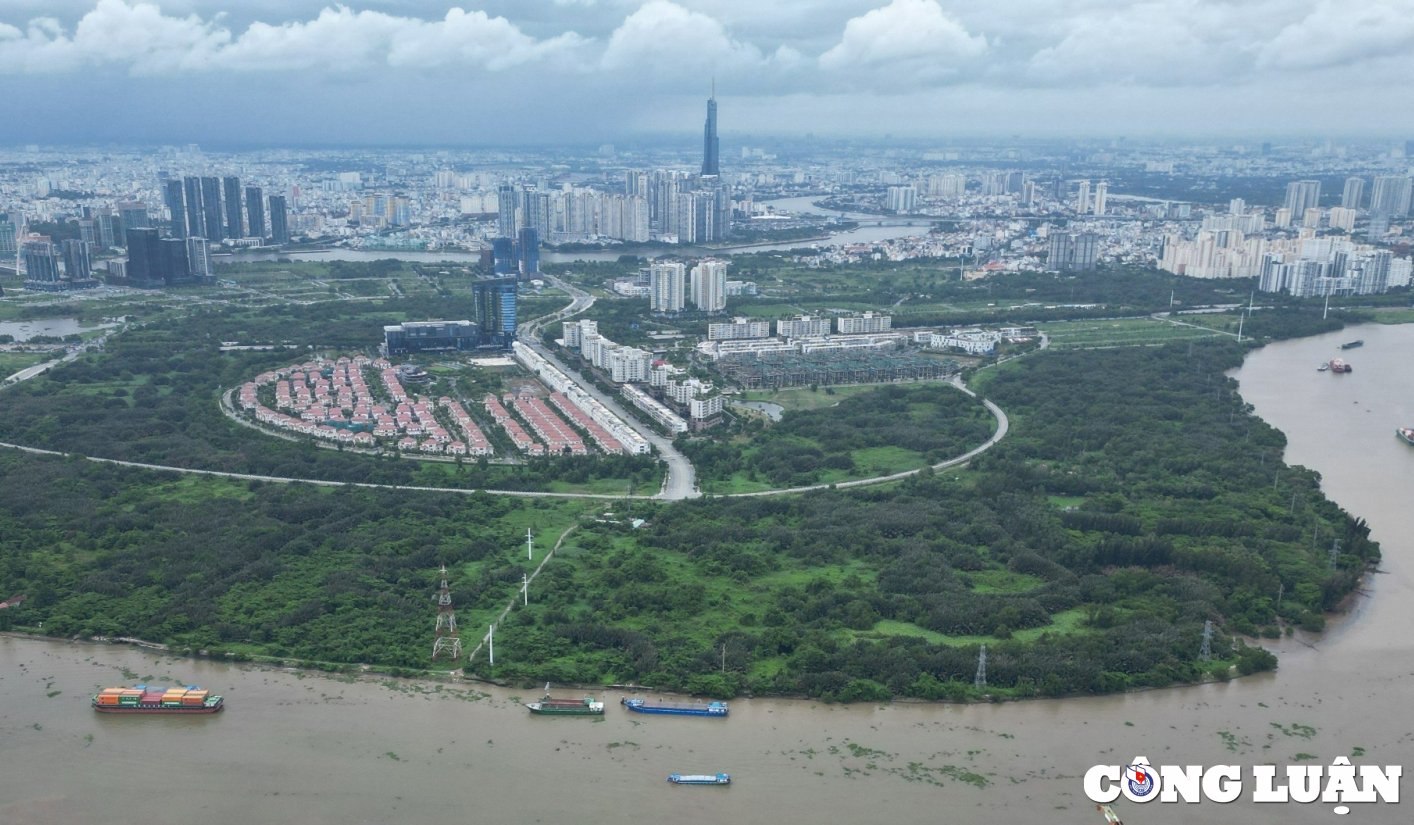
Ho Chi Minh City's rapid urbanization poses major challenges in land management and use.
Furthermore, unclear ownership or disputes over land use rights for many small plots of land have complicated land management and use. Determining who is the real owner or land use rights becomes ambiguous, leading to ambiguity and conflicts in the implementation of urban development and management projects.
To solve this problem, early last September, the Ho Chi Minh City People's Committee issued regulations related to the use of small land areas in the city.
According to this regulation, for small plots of land with substandard area, size and shape, the District People's Committee shall preside over and coordinate with the Commune People's Committee to inspect the actual status of these plots of land and compare them with relevant legal documents to determine which plots of land fall into this category.
This inspection will take place immediately after the regulation comes into effect, and periodically every 6 months there will be a review and listing of small narrow plots of land. Information related to this list will be made public and notified to adjacent land users so that they can have their opinions on the use of these small narrow plots of land for public purposes or for lease.
For land allocation or land lease in the case of narrow plots, the regulations, criteria and principles stipulated in Decree No. 48/2020 shall apply. The land use term of narrow plots shall be determined in accordance with the land use term of the plot that the adjacent land user is using.

Ms. Mai Thanh Thao, Deputy Director of Banking & Corporate Services, Savills Vietnam
Commenting on this regulation, Ms. Mai Thanh Thao, Deputy Director of Banking & Corporate Services Department of Savills Vietnam, said that this is a reasonable management method, helping to avoid loss and waste of State assets and is beneficial to the people.
“We encourage the priority use of small, narrow plots of land managed by the State for public purposes. If there is enough surplus area, the State can develop it into green areas, or make a small gymnasium with additional equipment, or make a children's bookshelf - a community activity area... and hand it over to the local government for management to ensure green-clean-beautiful works, which are added value in particular for residents in the area,” the Savills expert recommended.
In cases where it cannot be used for public purposes, Ms. Thao believes that Ho Chi Minh City should allocate land with land use fees at land use rights prices approaching the market price for adjacent land users. In reality, there are many cases where surplus land is located in the front and limits the accessibility of adjacent land plots. Therefore, the demand for this surplus land of adjacent land users is quite high. In addition, she also recommends that the determination of land allocation prices should be carried out objectively by reputable valuation consulting companies in the market.
However, it must be ensured that after being allocated land by the State, the adjacent land users must immediately carry out the land plot consolidation procedures according to regulations. If necessary, measures must be taken to prevent the reassignment of ownership after being allocated this small and narrow land in order to limit the existence of "super small" land and "super thin" houses with areas, sizes and shapes that do not meet the prescribed standards for land division or construction. Land recovery must be carried out if the act of reselling land "leftovers and tails" is discovered in violation of regulations.
“We also think that local authorities should limit the leasing of small plots of land because leasing land can lead to disputes and lawsuits over land, and it is difficult to reclaim land if the adjacent land user transfers real estate without the future buyer knowing about the land lease. Another possible case is that the adjacent land user subleases the land for a purpose other than residential use, or builds a permanent structure on the combined land area or uses it as collateral,” said Ms. Thao.
However, the expert also pointed out a shortcoming that needs attention. “If the ‘leftover’ land is not square or ‘nice’ in shape, the adjacent users will consider whether to buy it back to merge this land plot. At that time, if there is no buyer for this land, it is necessary to stipulate that the management be assigned to the local government or consider making it a neighborhood office, or a civil defense post for that area to enhance security and order and to avoid losing urban beauty,” she emphasized.
Source



![[Video] 24-hour news on May 9, 2025: General Secretary To Lam officially visits the Russian Federation and attends the 80th anniversary of Victory Day in the Great Patriotic War](https://vphoto.vietnam.vn/thumb/1200x675/vietnam/resource/IMAGE/2025/5/10/5eaa6504a96747708f2cb7b1a7471fb9)
![[Photo] Ho Chi Minh City: Many people release flower lanterns to celebrate Buddha's Birthday](https://vphoto.vietnam.vn/thumb/1200x675/vietnam/resource/IMAGE/2025/5/10/5d57dc648c0f46ffa3b22a3e6e3eac3e)
![[Photo] General Secretary To Lam meets with Chairman of the Federation Council, Parliament of the Russian Federation](https://vphoto.vietnam.vn/thumb/1200x675/vietnam/resource/IMAGE/2025/5/10/2c37f1980bdc48c4a04ca24b5f544b33)
![[Photo] Russian military power on display at parade celebrating 80 years of victory over fascism](https://vphoto.vietnam.vn/thumb/1200x675/vietnam/resource/IMAGE/2025/5/9/ce054c3a71b74b1da3be310973aebcfd)

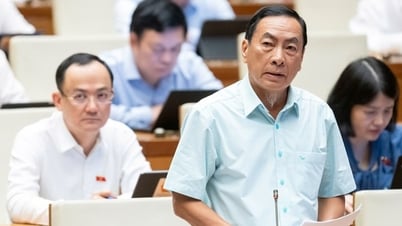

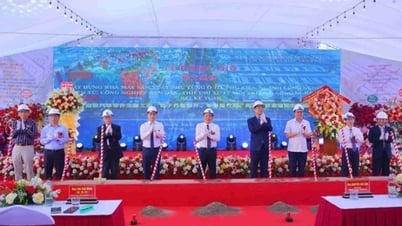
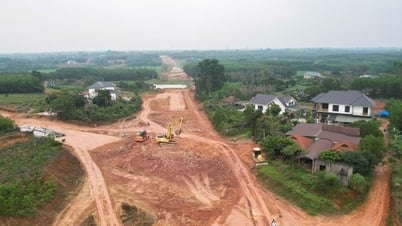












![[Photo] General Secretary To Lam and international leaders attend the parade celebrating the 80th anniversary of the victory over fascism in Russia](https://vphoto.vietnam.vn/thumb/1200x675/vietnam/resource/IMAGE/2025/5/9/4ec77ed7629a45c79d6e8aa952f20dd3)
































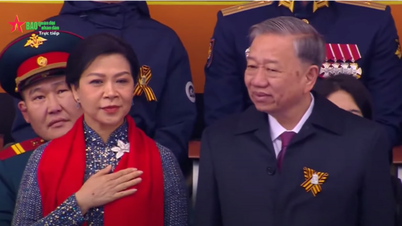




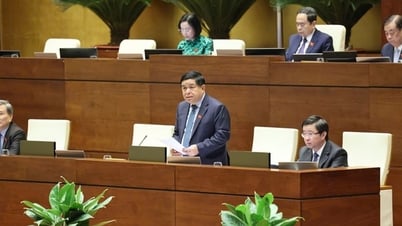

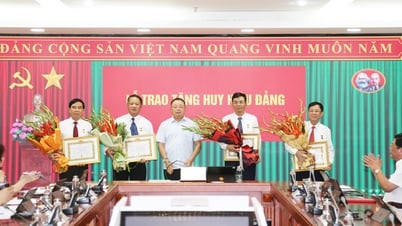

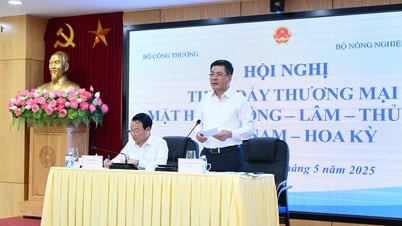


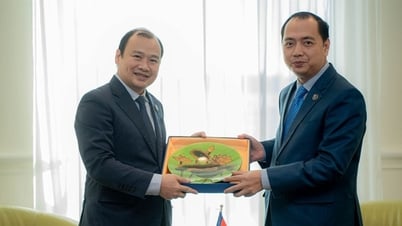
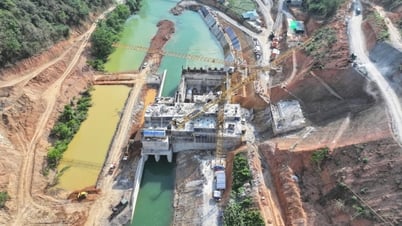



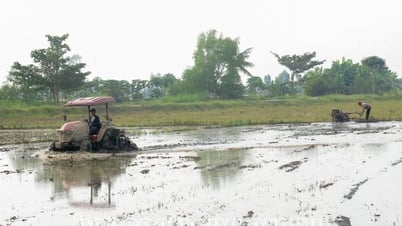

















Comment (0)